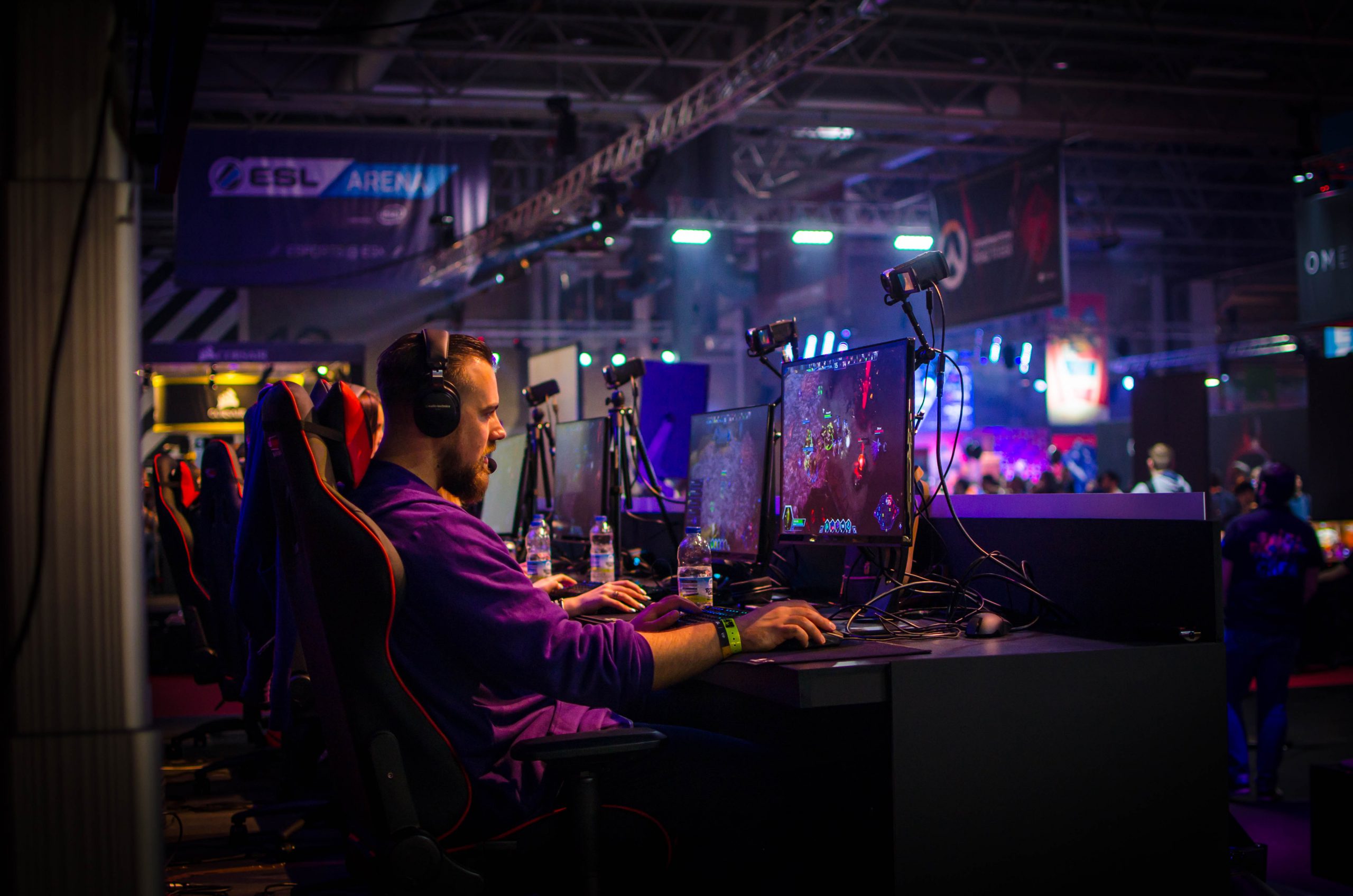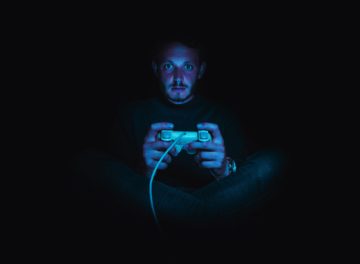Can Fortnite and PUBG Turn You Into A Drug Addict?

Millions of people all around the world are hooked on video games. Even if you are a non-gamer, you have probably heard Fortnite and PlayerUnknown’s Battlegrounds or PUBG. Fortnite and PUBG share the battle royale genre where a player must eliminate all other players to be the winner.
These online, multi-platform games are so popular now that many parents and spouses are becoming worried how video game playing is becoming an unhealthy obsession, and worse, how it drives gamers to pick up other harmful habits such as substance abuse and violence.
Contact Us Today for a Confidential Assessment.
Call (877) 959-5909 Now to Speak with a Specialist
In the UK, a 17-year old boy named Carl confessed that because of his Fortnite addiction, he turned into a suicidal drug addict. He said that while he has always been anti-drugs, he took amphetamines in order to keep on playing. Carl believed it was the only way to overcome his exhaustion and play the game continuously without sleep. The teen also said that he missed school, stopped playing sports, and started to lie and steal to buy game weapons and drugs. He was only able to get his life back after his dad saved him from an attempted suicide and went to counseling.
While this may seem like an extreme case, there are more and more reports of people being so obsessed with video games that this addiction even cost them their lives. In China, a 13-year old boy jumped off from a high-rise building and his mom claimed it was because he was imitating the characters in PUBG who jump off buildings without losing lives. In March 2019, two men in their 20s were so engrossed playing PUBG near a railway track in India that they were run over by a train. In Virginia Beach, a 35-year old man reportedly died of a fentanyl overdose while playing a World of Tanks marathon session live-streamed online. These reports are enough to get many people to question just how damaging video games are.
Drug Culture Inside Video Games

It can be argued that the presence of drugs in video games are harmless because they are just fictional elements. However, for very young kids, their first introduction to these illicit substances is actually through these video games.
The Experts Weigh In

More studies point to the negative link between video games and substance use. A UK study reported that 12% of online gamers who were polled displayed addictive behaviors. Another study conducted at Yale School of Medicine suggested that almost 5% of adolescents who play video games exhibited addictive or compulsive gaming behavior. It also reported that this problematic gaming was associated with a greater risk of smoking and drug abuse.
Pathological gaming, defined as the recurrent and persistent inability to curb excessive gaming, was also shown to bear a strong resemblance to substance use disorders. A study showed that early exposure to pathological gaming or substance use may increase the odds of developing either condition. A more specific study had health experts compare Fortnite to be as addictive as heroin in the way it could affect the brain and brain development in young people.
Why Compulsive Gaming is A Serious Addiction

It is important for a person suffering from a gaming disorder to seek professional help in order to treat this condition. Early intervention is very critical, especially in adolescents, before addictive gaming leads to other unhealthy habits like alcoholism and substance abuse.
If your child or your loved one is struggling with an addiction, help is available today. Contact Anaheim Lighthouse to learn more about our specialized treatment programs.













